BASIC SKILLS : This post will emphasize on the basic skills required for crochet. It includes, how to hold a hook, making basic stitches and some thumb rules to remember these stitches easily. In addition a cheat sheet is provided at the end of the post, which will help in cross checking the points, while working on the projects.
Holding the hook – First of all, holding a hook is personal comfort and preference. A hook can either be held like a knife or pencil, there is nothing right or wrong method of holding it. It is absolutely personal choice based on comfort and preference.

Holding hook like a pencil

Holding hook like a knife
In addition, acquiring skills to crochet also includes the technique of holding the yarn at the right tension, maintaining the tension of the yarn so as to achieve consistent results in the stitches. Uneven stitch tension results in the wavy project, because few stitches will be tight and few loose.
SLIP KNOT AND FOUNDATION CHAIN –Foundation is same as the casting on in knitting. Crochet fabric grows on foundation. While making right foundation is one of the skills, which requires some practice, yet it is not difficult to achieve. Much as few points regarding foundation chain would be good to keep in consideration –
a) Counting chain – Each stitch will show 3 threads in each loop. front side will have a ‘V’ share and back will have one ‘bump’ thread. The loop on the hook is never counted. Below images are marked for ‘how to count stitches’ in the chain.

Front of the foundation chain

Back of the foundation chain
b) Counting the stitches – Another important point is to keep counting the stitches in each row. It helps in maintaining the desired shape. Markers makes it easy to count.
c) Hook size – For beginners, you rather, use a larger hook size (to make the foundation chain) than the suggested one in the pattern. It will help in keeping the thread tension good to help in inserting the hook in the next row. For the rest of the pattern use the right hook size as suggested in the pattern.
d) Working on the next row – While, a lot of times one side of the thread in the ‘V’ shaped loop of the chain is used to work on the next row, many a times ‘V’ shape is used completely to work. However, I love using the back ‘bump’ thread of the loop. I prefer using it on the projects with straight lines. Blankets, scarves etc. It gives the edge a clean finished look. More details on working in the back bump thread will follow in future posts.
Refer the sketch or following video to understand the formation of chain.

Image source : www.dmc-ap.com
Following video will he helpful in understanding how to work on the slip knot and foundation chain. Slip knot is the very first stitch of the hook. Foundation chain is created by linking more chain stitches to the slip knot.
SLIP STITCH (SL) – It is used for joining stitches or ends. The yarn needs to be drawn through the indicated stitch (as mentioned in the pattern) and loop on the hook together. Insert the hook in the specified stitches in the pattern and yarn over and draw the yarn through both the loops together.
You can refer the below video to understand how to work on slip stitch.
TIP : While working on slip stitch, take care not to work the slip stitch too tightly because this will pucker the fabric.
SINGLE CROCHET (SC) – On a foundation chain, insert the hook in 2nd chain from the hook, yarn over, draw the yarn through, yarn over, draw the yarn through both the stitches on the hook.You can either refer the below sketch or the following video to understand the stitch formation or use both.

DOUBLE CROCHET (DC) – On a foundation chain, yarn over and insert the hook in 2nd chain from the hook, yarn over and draw through. You will have 3 loops on the hook. Yarn over and pull it through 2 loops, again yarn over and pull it through the rest of the 2 loops. Your DC stitch is ready. You can either refer stepwise sketch or following video to understand the stitch formation or use both.

Image source :www.herrschners.com
HALF DOUBLE CROCHET (HDC) – On a foundation chain, take yarn over the hook and insert the hook in 3rd chain from the hook, yarn over and pull the yarn through the chain. You will have 3 loops on the hook. Yarn over and draw through all the 3 loops together. Your HDC is ready.
You can either refer the stepwise sketch or following video to understand the stitch formation or use both.

TREBLE CROCHET (TR) – On a foundation chain, yarn over twice and insert the hook in the 4th chain from the hook. Yarn over and draw the yarn through the chain. You will have 4 loops on the hook. Yarn over an draw it through 2 loops on the hook, again yarn over and draw it through the 2 loops on the hook, once again yarn over and draw it through the last 2 loops on the hook. Your TR is ready.
You can either refer the stepwise sketch or the following video to understand the stitch formation or use both.

Image source : www.dmc-ap.com
CHEAT SHEET – Due to so many details and points, it could become overwhelming in the beginning, yet the fruits of it will make it up for you. To ease it out for new learners, cheat sheet comes handy. Take a print out of this sheet and keep it in the bag/box/notebook to refer to anytime. cheat sheet #2 basic stitches. The cheat sheet carries symbol, name , steps and diagram.
The key to master the skills requires, patience, persistence and practice. Combinations of these stitches form a wide range of stitches, therefore it is vital to practice on these stitches. As a result, your hand in moving the hook, using the yarn and forming the stitch will get smoother with time.

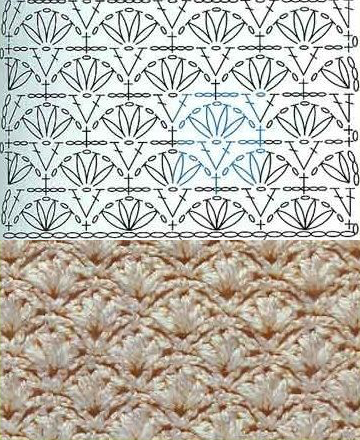
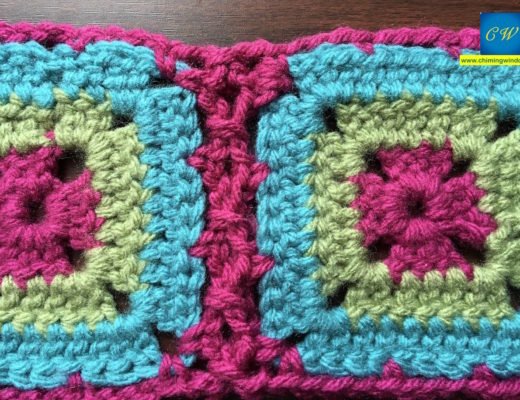
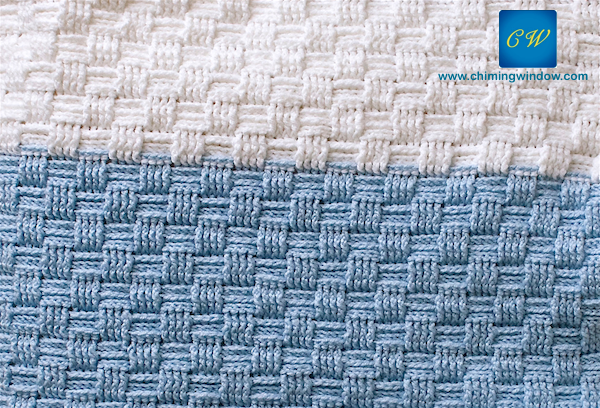
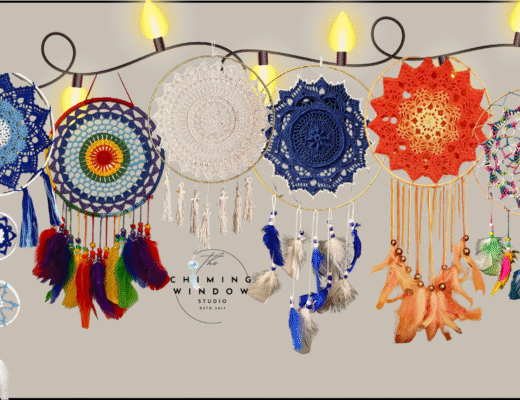

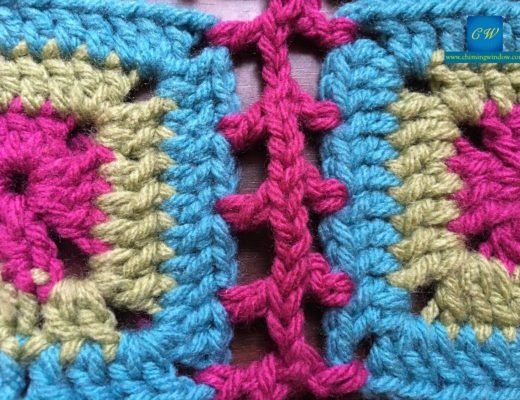
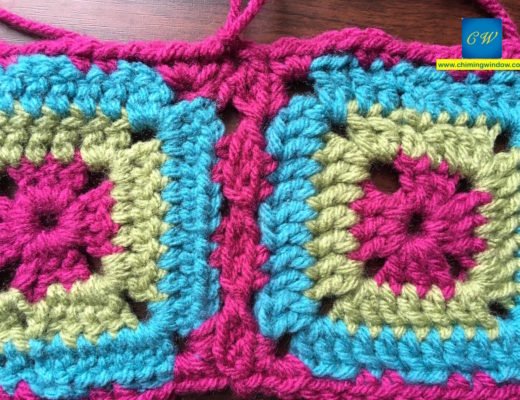

5 Comments
animal onesie
August 5, 2018 at 1:03 AMHello there! Would you mind if I share your blog with my twitter group? There’s a lot of folks that I think would really appreciate your content. Please let me know. Many thanks
Chiming Window
August 15, 2018 at 7:33 PMPls go ahead to share the link of the blog with ur twitter group. Thank you. I will be happy that the content will help many others. 🙂
anchor
November 28, 2017 at 8:42 PMThankx so much for this! I havent been this thrilled by a post for a long period of time! Youve got it, whatever that means in blogging. Anyway, You are certainly someone that has something to say that people need to hear. Keep up the good job. Keep on inspiring the people!
Chiming Window
November 29, 2017 at 9:08 PMI am glad that it caught your interest. Thank you for kind appreciation and booste. 🙂 More articles will follow soon. Stay connected.
Banner
October 11, 2017 at 6:08 AMAw, this became an extremely nice post. In concept I have to devote writing like that additionally – taking time and actual effort to generate a great article… but so what can I say… I procrastinate alot through no indicates often go completed.